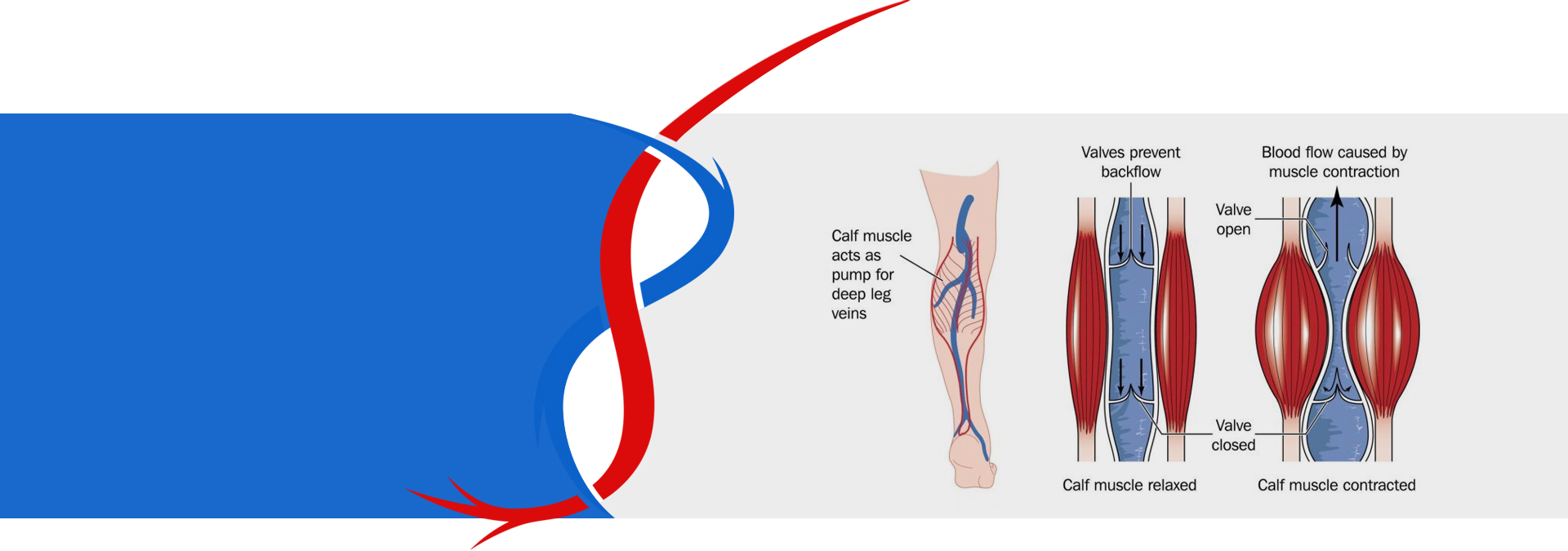JRK Medicals
Phlebology & Vascular Specialists located in Rochester, MN
If varicose veins are making you feel bad about your appearance, you are not alone. One in five adult Americans suffer from varicose veins. Simple office-based treatments done in less than an hour can help. Henna Kalsi, MD and her team at JRK Medicals uses the latest minimally invasive varicose vein technology and treatments, including sclerotherapy, phlebectomy, and endovenous thermal ablation to help you get rid of those bulging veins for good.
Schedule your consultation or appointment by calling or booking online.
Venous insufficiency and varicose veins
Varicose veins are enlarged, distended, bulging veins usually on the legs and feet. However, any vein in the body can become varicose. Depending on the size of the vein they are usually called spider veins on radicular veins and they are small in size. Larger veins are often called varicose veins. For many people varicose veins does not cause any symptoms and may be primarily a cosmetic concern. However, varicose and spider veins can become symptomatic. Common symptoms include achy tired legs, pain, discomfort, tiredness, swelling, discoloration, and hardening of the skin. Restless legs and ulcers can also occur with varicose veins.

There is small but definite risk of blood clots forming and varicose veins called phlebitis which rarely can extend into deep veins of the legs and could be a serious condition. Ulcers, as a result of varicose veins, can be difficult to heal causing significant pain and discomfort left untreated.

Common Symptoms of varicose veins
- Achy tired feeling of the legs particularly after standing for long periods of time
- Swelling of the legs
- Discoloration, dryness, itching, of skin primarily around ankles
- Restless leg, muscle cramping, burning and tenderness
- Hardening of the vein could suggest blood clot formation and may feel like a painful cord
- Skin ulcers and inflammation around the ankles
- Sometimes varicose veins can bleed
<!–
–>
Who gets varicose veins?
Varicose veins tend to be more common in women likely secondary to hormonal effect. However, men can get varicose veins and usually have larger veins with more symptoms when present.

Risk factors of varicose veins
- As we get older veins become less elastic, and valves within the veins also become less elastic
- Anyone can get varicose veins however, they tend to be more common in women
- Pregnancy and childbirth are a risk factor due to increased pressure from the uterus
- Standing for long periods of time as well as prolonged sitting
- Oral contraceptive including estrogen and progesterone taken in postmenopausal woman are risk factors
- Being overweight increases pressure on the veins and decreased mobility affects calf muscle pump function
- Genetics and family history do play a role and veins can often be traced back to family members including parents and grandparents
- Injury and trauma can lead to vein formation

<!–
–>
Are varicose veins a serious condition?
Varicose veins usually do not cause serious health problems, but rarely they can cause complications such as leg ulcers, blood clots and bleeding problems.
Venous ulcers: These ulcers can be very painful and are usually present near ankles. From pressure buildup in the veins, fluid and red blood cell leak out which cause inflammation, skin breakdown, and hyperpigmentation. Ulcers can be hard to heal unless proper treatment of veins, compression therapy, along with wound care is done.

Blood clots superficial and deep vein clots: Although rare, large varicose veins can have pooling of blood which results in blood clot formation. Superficial clot is called phlebitis and usually does not need any blood thinners. Warm compresses and pain medication can be enough. Serious risk can occur if blood clots travel into deep veins of the legs which can travel to lungs, also called DVT and pulmonary embolism.


 507-322-6967
507-322-6967